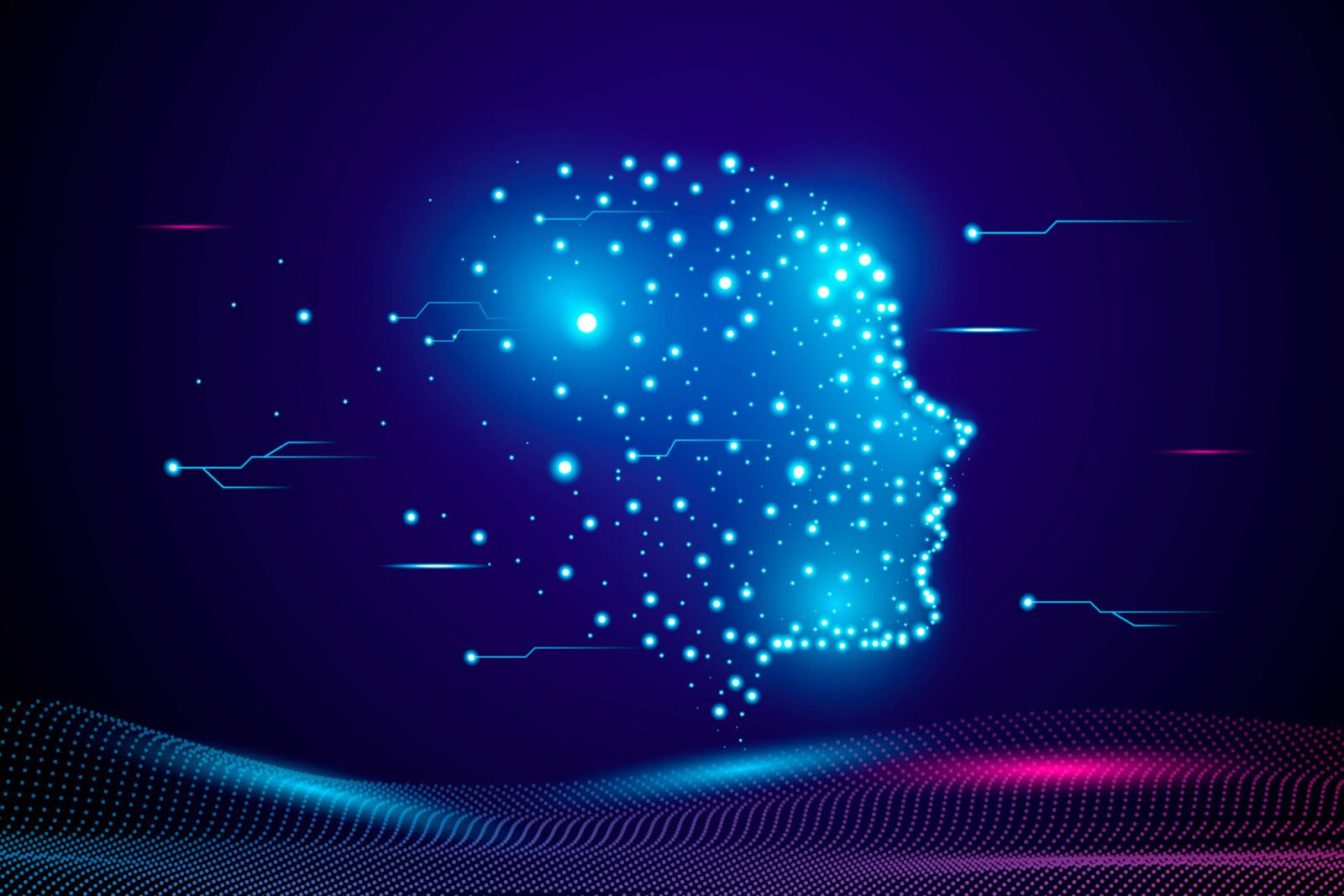The logo design industry stands on the cusp of significant transformation as artificial intelligence continues to evolve at a remarkable pace. Based on developments through early 2024, we can project several key ways AI will reshape logo design in the coming year.
Democratization of Design
Bo, Director at Kukoo Creative, a UK-based logo design agency, says: Perhaps the most immediate impact will be the further democratization of logo design. AI-powered platforms are becoming increasingly sophisticated at generating professional-quality logos at a fraction of the traditional cost. Small businesses and startups, which previously might have struggled to afford professional design services, can now access AI tools that produce customized logos within minutes. While tools like Midjourney and DALL-E were early pioneers in this space, we’re seeing more specialized logo-specific AI tools emerging with enhanced capabilities for understanding brand identity and design principles.
Enhanced Collaboration Between Designers and AI
Rather than replacing human designers entirely, AI is evolving into a powerful collaborative tool. Professional designers are increasingly incorporating AI into their workflows as an ideation partner and technical assistant. AI can rapidly generate hundreds of concept variations, allowing designers to explore a broader range of possibilities than ever before. This human-AI collaboration combines the creative intuition and emotional intelligence of human designers with the speed and pattern-recognition capabilities of AI.
The designer’s role is shifting toward that of a curator and refiner, selecting the most promising AI-generated concepts and fine-tuning them to meet specific client needs. This workflow transformation allows designers to focus more on strategic thinking and client relationships while leveraging AI for time-consuming technical tasks.
Real-Time Brand Adaptation
One of the most exciting developments is the emergence of “living logos” – AI-powered designs that can automatically adapt to different contexts and platforms while maintaining brand consistency. These smart logos can adjust their complexity, color scheme, and proportions based on where they’re being displayed, whether it’s a tiny mobile icon or a giant billboard. This dynamic adaptability ensures optimal visibility and impact across all media formats.
Personalization at Scale
AI is enabling unprecedented levels of logo personalization. Brands can now create base logos that automatically customize themselves for different market segments, occasions, or even individual customers while maintaining core brand identity elements. This capability allows for more targeted and engaging brand experiences without the traditional costs associated with maintaining multiple logo variants.
Enhanced Design Intelligence
AI systems are becoming increasingly sophisticated in their understanding of design principles, cultural contexts, and market trends. Modern AI tools can analyze vast databases of successful logos to understand what works in different industries and cultural contexts. This means AI-generated logos are not just random combinations of elements but informed designs based on proven patterns of success.
These systems can also provide data-driven insights about color psychology, cultural appropriateness, and market differentiation, helping to create logos that are not just aesthetically pleasing but strategically sound.
Challenges and Limitations
Despite these advances, AI faces several important limitations in logo design. AI systems still struggle with understanding subtle brand nuances and emotional resonance. They excel at creating technically proficient designs but may miss the deeper symbolic meanings and emotional connections that great logos often carry.
There are also concerns about originality and uniqueness. As AI systems learn from existing designs, there’s a risk of generating logos that feel derivative or too similar to existing work. This challenge will likely drive development of more sophisticated originality-checking algorithms and hybrid approaches that combine AI generation with human creativity.
Impact on the Design Industry
The proliferation of AI design tools is reshaping the logo design market structure. Traditional design agencies are adapting by offering hybrid services that combine AI efficiency with human expertise. We’re seeing the emergence of new business models, such as subscription-based access to AI design tools with human designer oversight.
Entry-level logo design work is likely to be most affected, with AI handling many basic logo creation tasks. However, this is pushing professional designers to evolve their roles, focusing more on strategic consulting, brand storytelling, and complex design challenges that AI can’t fully address.
Future Outlook
Looking ahead, we can expect to see:
– More sophisticated AI understanding of brand personality and emotional design elements
– Better integration between AI logo generation and broader brand identity systems
– Improved capabilities for creating unique, original designs
– Enhanced tools for testing logo effectiveness across different contexts
– Greater customization options while maintaining brand consistency
Preparing for the Future
For designers and design agencies, success in this evolving landscape will require embracing AI as a tool while developing skills that AI cannot easily replicate. This includes:
– Strengthening strategic thinking and brand consultation capabilities
– Developing expertise in AI tool selection and implementation
– Building skills in customizing and refining AI-generated designs
– Focusing on the human elements of design that AI struggles with
Conclusion
The next year will mark a significant shift in how logos are conceived, created, and implemented. While AI will automate many aspects of logo design, the technology’s primary impact will be in augmenting human creativity rather than replacing it entirely. The most successful approaches will likely be those that effectively combine AI’s efficiency and analytical capabilities with human creativity and strategic thinking.
For businesses and designers alike, the key will be finding the right balance between leveraging AI’s capabilities while maintaining the human touch that makes truly great logo design resonate with audiences. As we move forward, the logo design field will continue to evolve, creating new opportunities for those who can effectively navigate this changing landscape.














Leave a Reply